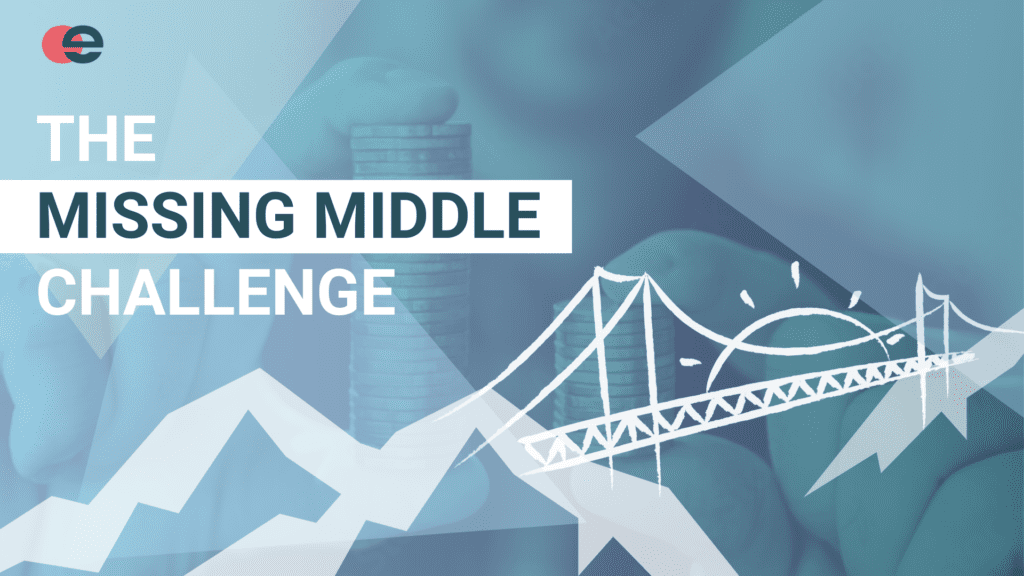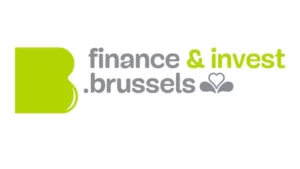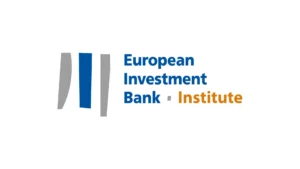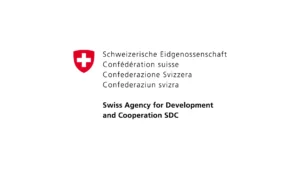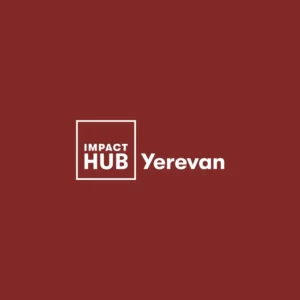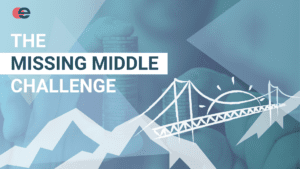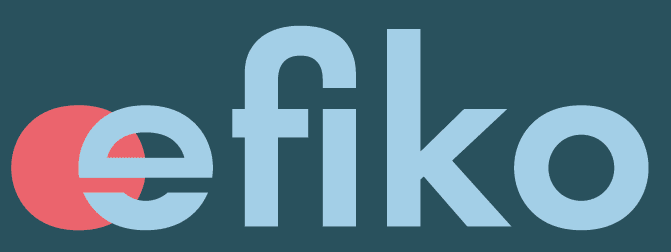What is the Missing Middle?
The “missing middle” in itself signifies a widening disparity in resources for small and medium enterprises (SMEs). Many of these businesses struggle to access necessary support and funding for growth, hindering their ability to scale effectively. The “missing middle” challenge though, has two main aspects.
Firstly, a significant number of social ventures are in the early stages of development. This means they are still in the process of validating their impact model, finding a product-market fit, or determining the best approach to scale their impact. Secondly, many investors, when entering the impact investing scene, tend to approach it with a venture capitalist or private equity mindset. Investment teams aim to rapidly grow in Assets Under Management (AUM) by setting up time-bound funds (typically 10 years) and investing in companies with individual Internal Rate of Return (IRR) expectations exceeding 15% to provide attractive returns to their Limited Partners.
The result of this is that most highly innovative and early-stage impact ventures fail to meet the funder’s risk-adjusted return expectations. Wietse van der Werf, founder and CEO of Sea Ranger Service, a social venture that creates both social and environmental impact, reflects on the difficulty to find alignment with investors.
I run a mission-driven company and instead of the highest possible returns for shareholders, my team and I are primarily interested in delivering a sustained and growing impact. During our most recent investment rounds, a number of investors, unfortunately, the ones able to provide more substantial growth capital didn’t meet these values. I feel like there is an expectation from social entrepreneurs that we can deliver market-rate financial returns, year-in, year-out and on top of that, that we also deliver substantial positive impact.
Wietse van der Werf (Founder & CEO of Sea Ranger Service)
Due to a mismatch between investors’ expectations and the reality faced by social entrepreneurs, impact investment capital tends to favour ventures in well-established markets. These ventures typically have a business-to-business (B2B) orientation and a focus on technology for scalability. Joost van Egen, the leader of the social venture Healthy Entrepreneurs, which offers basic healthcare in tough regions like the Sub-Saharan desert, personally experienced the challenges arising from this mismatch.
During our investment rounds, we talked to more than sixty different investors continuously for over fifteen months. It has been an extremely challenging and time-consuming process and most investors said that our type of company wasn't for them.
Joost van Egen (Healthy Entrepreneurs)
Joost is one of the few social entrepreneurs that eventually manage to find suitable investors and close a much needed investment to scale operations. The reality is that many emerging impact ventures aren’t as fortunate as Healthy Entrepreneurs. Innovations that could play a significant role in addressing wicked societal issues are dying before they could show their full potential.
Investing smartly in early-stage impact ventures requires recognizing the need for innovative funding solutions and investor support. Impact investors willing to meet this challenge may wonder: How can we effectively support early-stage impact ventures?
Here are a few tips to answer this question:
Tip #1: Consider mezzanine financing instead of plain debt or equity
Early-stage impact ventures face uncertain markets and unpredictable cash flows. Instead of traditional equity or debt, consider using hybrid instruments like mezzanine. Mezzanine instruments feature characteristics of equity and debt, making it a hybrid instrument whose outcomes adapt to the evolution of the company. These instruments provide more flexible terms, aligning investor risk-return expectations with the venture’s development pathways.
Tip #2: Adopt Impact-linked Financing
Explore structures like Social Impact Incentives (SIINCs) or Social Impact Bonds (SIBs) to unlock revenue potential linked to proven creation of positive social and environmental outcomes. Establishing smart collaborations between private equity and philanthropic actors may enable a more robust scaling journey that yields positive impact and positive financial returns.
Tip #3: Extend Your Investment Horizon for Patient Capital
Investors should consider a longer investment horizon, especially for ventures addressing entrenched social issues. Patient, long-term investors with holding periods of 7+ years and evergreen funds are better positioned to support innovative impact ventures. This allows for thorough testing and design of effective solutions for challenging social problems.
Exploring Innovative Investments for Early-Stage Impact Ventures
Unlock innovative strategies for structuring impact investments in support of early-stage social innovators. Dive into our course, ‘Structuring Hybrid Impact Investments,’ designed for impact investors navigating the evolving landscape and social innovators tackling the missing middle challenge. Elevate your impact and funding journey now!
Frequently Asked Questions
What is the Missing Middle Challenge?
The “missing middle” signifies a widening disparity in resources for small and medium enterprises (SMEs). Many of these businesses struggle to access necessary support and funding for growth, hindering their ability to scale effectively.
What is Mezzanine Financing?
Mezzanine financing blends debt and equity, allowing the lender to convert the debt into company equity in case of default, typically after senior lenders and venture capital firms have been satisfied.
What is a Social Impact Incentive (SIINC)?
Social Impact Incentives (SIINC) is a finance tool that grants time-limited premium payments to high-impact enterprises as a reward for attaining social impact goals.
What is a Social Impact Bond (SIB)?
A Social Impact Bond (SIB) is an agreement with the government. It funds improved social outcomes in specific areas and shares some of the savings achieved with investors.
What is an SME?
Small and midsize enterprises (SMEs) are businesses with revenues, assets, or employee numbers that fall below a specific threshold.

Structuring Hybrid Impact Investments

